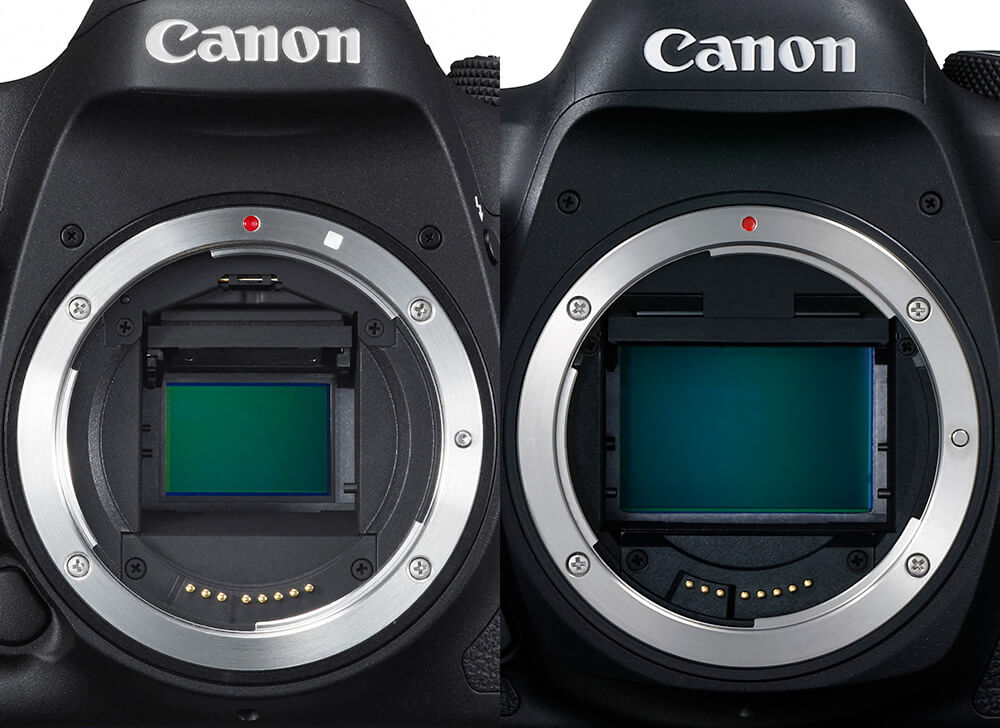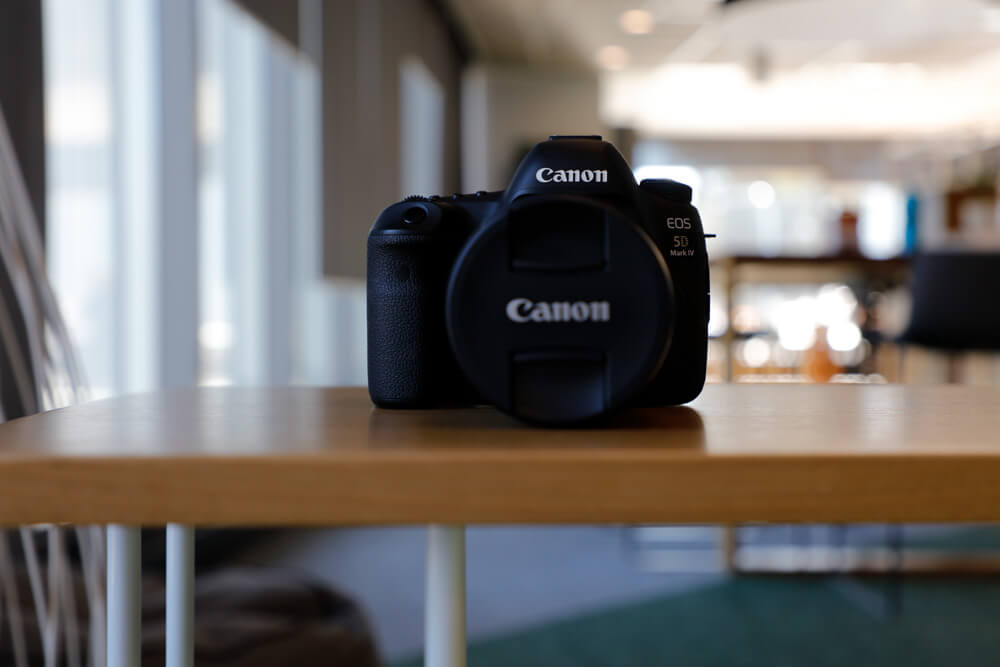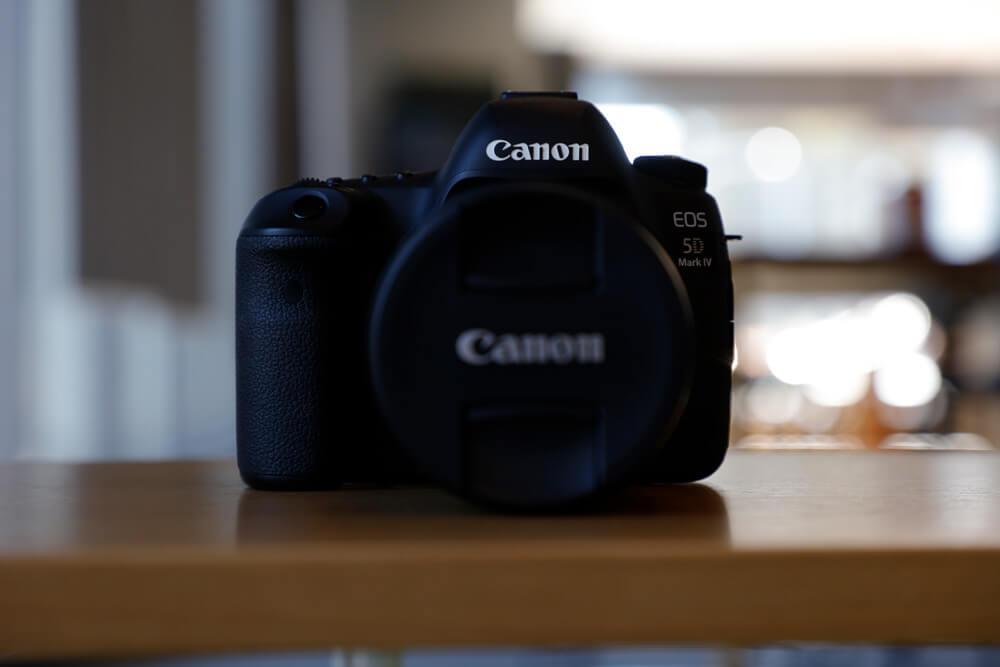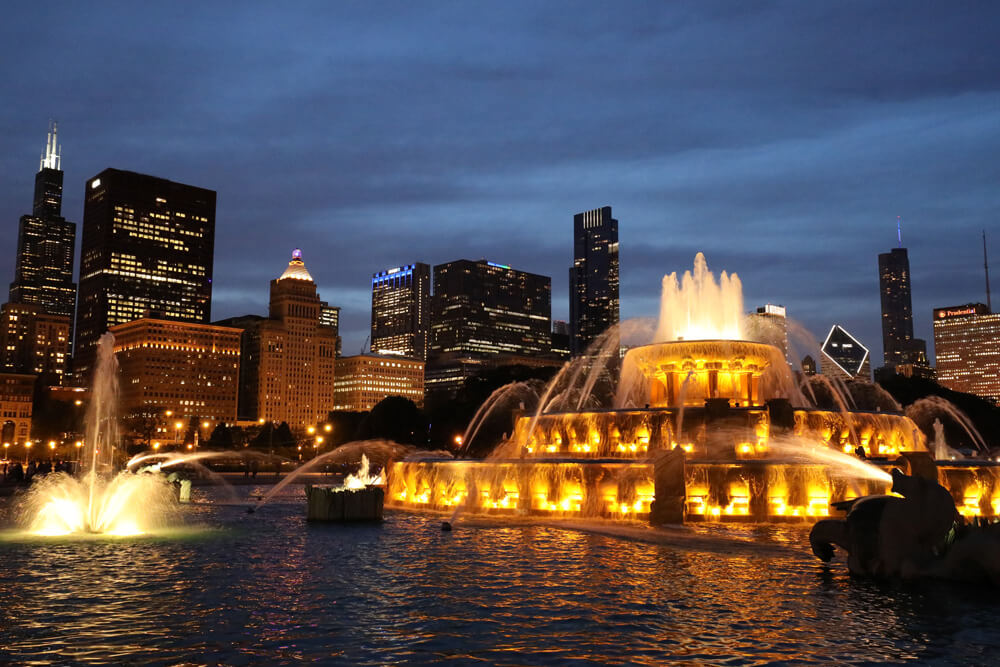- The Benefits Of A Full Frame Camera
-

All digital cameras have one thing in common: a digital imaging sensor. But, not all sensors are the same.
When it comes to Canon EOS DSLR cameras there are two main image sensor sizes: the APS-C sensor (also known as a crop sensor), and the Full Frame sensor.

A Full Frame camera has an imaging sensor which is equivalent to traditional 35mm film size. Full Frame sensors are most often featured in Canon’s Professional Series cameras, while an APS-C sensors are smaller in size and are most often found in entry to mid-level models.
Canon’s Full Frame cameras are listed below:
Canon’s APS-C models are:
Making the switch from a Crop Sensor camera to a Full Frame camera opens up a whole realm of new possibilities. You’ll be able to explore new shooting styles and experiment with genres of photography that were out of reach due to the limitations of a Crop Sensor camera system such as wider fields of view for landscape or architecture photography, better low light performance for events, faster autofocus for sports, better battery life for travel and more.
“I remember making the switch from my crop sensor EOS 600D to a Full Frame EOS 5D Mark III. At the time the Full Frame camera was more expensive, slightly out of my budget and I didn’t necessarily need it. However, since making the switch it has allowed me to shoot things differently and enabled me to explore new ideas previously out of my reach.”
Matthew Vandeputte
The main benefits of stepping up to a camera with a Full Frame sensor are:
1. No ‘Crop’ in Your Field of View
When using the same lens on these two different sensors you’ll end up with what appears to be a zoomed in image on the APS-C camera, and a wider field of view on the Full Frame camera. This is because the APS-C sensor is physically smaller than a Full Frame sensor which results in cropping part of the image that comes through the lens.
Using a 50mm lens on a Full Frame camera will give you a true 50mm field of view. On the other hand, when using the same lens on an APS-C sensor camera you need to multiply the focal length by a factor of 1.6x. This means your 50mm lens effectively turns into an 80mm lens on an APS-C sensor camera.


When shooting landscapes, architecture or a group of people you’ll want to use a wide angle lens to fit more in to the frame. Shooting with a Full Frame camera means you’ll be able to fit more in your image.
2. Better Bokeh
In my opinion the biggest difference between Full Frame and APS-C cameras, and a largely why people jump to Full Frame, is their ability to create beautiful, soft, blurred backgrounds. This comes in handy when shooting portraits, guiding your eye to the main subject where everything is sharp and the background is a creamy blur.

This increase in bokeh quality is caused by the need to use longer focal lengths on a Full Frame camera to get the equivalent focal length as an APS-C sensor camera. Due to how optical systems work, a longer focal length results in a more shallow depth of field. The shallower your depth of field, the better your bokeh will be.
3. Better Low Light Performance
A Full Frame sensor is physically larger than a crop sensor, yet they often feature the same amount of megapixels. This means each individual pixel on a Full Frame sensor can be bigger in size. Bigger pixels can capture more light which will give you cleaner images with less noise or grain when selecting higher ISO values. Canon's full frame mirrorless cameras are designed to shoot in challenging lighting conditions with an ISO range of 100-40,000. The EOS R’s low-light auto focusing at EV-6 and EV-5 in the EOS RP means even better low light performance in the mirrorless range.

4. More Features on Full Frame Cameras
As Full Frame cameras tend to be more advanced bodies, they have various added features in comparison to the average APS-C camera. In addition to improvements in the firmware, there are also physical modifications such as extra dials and controls for manual shooting and enhanced weather sealing. The larger camera body also packs a longer life battery meaning you can shoot for longer. Auto Focus mechanisms are faster, larger, more efficient and better in low light, resulting in fewer missed shots and the optical viewfinder in a Full Frame camera is larger and brighter.
Overall, shooting with a Full Frame camera will give you a better shooting experience – personally, I haven’t looked back after making the jump.
Written by Matthew Vandeputte @matjoez
Matt is a time-lapse photographer, YouTuber, public speaker, and educator.
After discovering time-lapse photography 8 years ago, he went on to specialise in hyperlapse photography.

We invited content creator Daniel Formosa (aka @mosashoots) to try out the EOS R8 full-frame mirrorless camera and to get his first impressions.

Learn the main differences between Mirrorless and DSLR cameras in this article. Find out which camera's best for you!

Angela and Jonathan Scott, reveal the top three 1D X Mark II features which impressed them. Read more here.